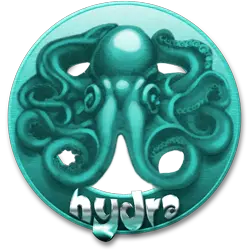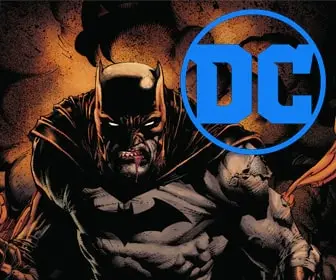
How to Create Comic Book Panels and Layouts: The Art of Visual Storytelling
Comic books are an intricate blend of visual art and storytelling, where every panel serves to move the narrative forward, reveal character, or establish mood. The layout of these panels on a page is crucial to how the reader experiences the story. If you’re an aspiring comic book artist or a writer-artist team, understanding the fundamentals of paneling and layout can be a game-changer. Here are some tips to help you get started.

The Basics: Panel Shapes and Sizes
- Standard Rectangle/Square: These are the most commonly used panels. They are easy to read and provide a clear structure for your story.
- Inset Panels: These are smaller panels that are placed inside larger ones. They’re used to show details or secondary actions.
- Tall or Wide Panels: Vertical panels are great for showing something with height, like a skyscraper or a standing character. Horizontal panels work well for landscapes or action scenes.
Layout Considerations
- Flow: Make sure there’s a natural flow to your panels that guides the reader’s eyes in the sequence you intend, usually from left to right and top to bottom.
- Pacing: The size and arrangement of panels affect the pacing of your story. Smaller, numerous panels speed up the action, while larger, fewer panels slow down the narrative.
- Spacing: The space between panels, known as the “gutter,” also influences pacing and can serve to indicate the passage of time or a change in location.
Design Principles
- Balance: Try to maintain a sense of balance on the page. Too many large or small panels can make the layout feel cluttered or empty.
- Focus: Important moments generally require larger panels or splash pages, to command attention and focus.
- Symmetry: While not a strict rule, a symmetrical layout can be pleasing to the eye and easier to follow.
- Break the Grid: Don’t be afraid to break the grid for dramatic effect, but use it judiciously.
The Process
- Thumbnail Sketches: Before you start, make some rough thumbnail sketches to plan out your pages. This helps you work out the pacing and layout without committing to detailed artwork.
- Drafting: Once you’re happy with your thumbnails, you can start drafting the actual panels. Use a ruler or a drafting tool to ensure your panels are uniform and aligned.
- Inking and Coloring: After you’ve drafted your panels, you can proceed to inking and coloring. Make sure your lines are clean, and your colors serve the mood of the story.
- Review and Revise: Once the page is complete, take a step back to look at it as a whole. Make any necessary adjustments to improve flow, balance, or clarity.
Denouement
Creating compelling comic book panels and layouts is an art form in itself, one that requires practice, study, and a keen sense of narrative timing. By understanding the basics and continually experimenting, you’ll refine your skills and develop your own unique approach to visual storytelling. Whether you’re working on a superhero epic or a quiet, personal narrative, the canvas of your comic book pages awaits your creative vision.










